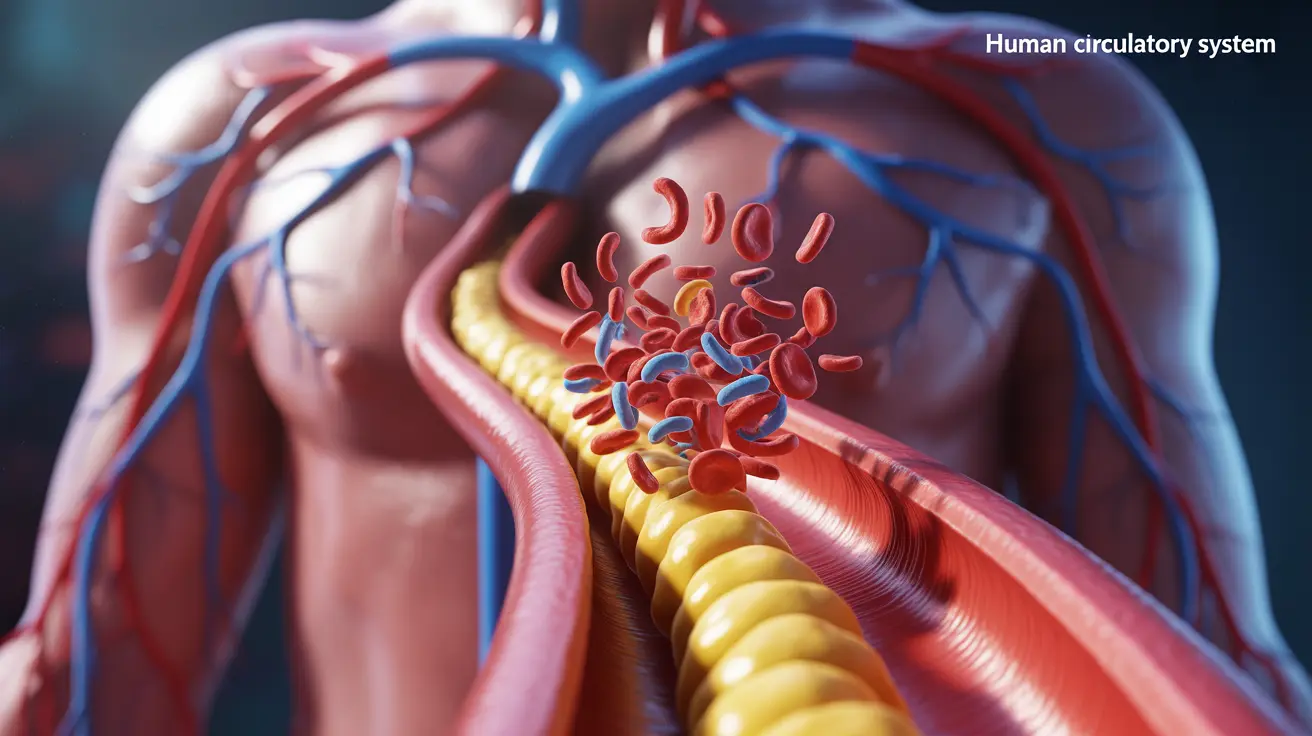A sickle cell crisis is a serious medical event that can occur in individuals with sickle cell disease, causing intense pain and potential complications. Understanding what causes these crises and recognizing their triggers is crucial for both patients and caregivers in managing this condition effectively.
These painful episodes happen when sickle-shaped red blood cells block small blood vessels, leading to reduced blood flow and oxygen delivery to various body tissues. While some crises may occur without obvious triggers, many can be prevented by understanding and avoiding common precipitating factors.
Types of Sickle Cell Crisis
Sickle cell disease can manifest in several distinct types of crisis, each with its own characteristics and medical implications:
- Vaso-occlusive Crisis: Most common type, causing severe pain
- Acute Chest Syndrome: Affects the lungs and can be life-threatening
- Splenic Sequestration: Involves rapid enlargement of the spleen
- Aplastic Crisis: Temporary cessation of red blood cell production
Common Triggers of Sickle Cell Crisis
Environmental Factors
Environmental conditions can significantly impact individuals with sickle cell disease:
- Extreme temperatures (especially cold weather)
- High altitude
- Air pollution
- Sudden weather changes
Physical Stressors
Various physical factors can precipitate a crisis:
- Dehydration
- Overexertion
- Lack of sleep
- Physical injury or trauma
Medical and Physiological Triggers
Certain health-related factors may initiate a crisis:
- Infections
- Stress and anxiety
- Alcohol consumption
- Pregnancy or menstruation
Prevention Strategies
Stay Hydrated
Maintaining proper hydration is crucial in preventing sickle cell crises. Drink plenty of water throughout the day, especially during hot weather or physical activity.
Temperature Management
Take precautions to maintain optimal body temperature:
- Dress appropriately for weather conditions
- Avoid extreme temperature changes
- Use proper heating and cooling systems
- Stay indoors during extreme weather
Lifestyle Modifications
Implement healthy lifestyle practices to reduce crisis risk:
- Get regular, moderate exercise
- Maintain a consistent sleep schedule
- Practice stress management techniques
- Follow a balanced diet
Emergency Response Protocol
Knowing when and how to respond to a developing crisis is essential:
- Begin pain management protocols as prescribed
- Increase fluid intake
- Rest and avoid physical strain
- Contact healthcare providers if symptoms worsen
- Seek immediate emergency care for severe symptoms
Frequently Asked Questions
- What causes a sickle cell crisis and what are common triggers to watch out for?
Sickle cell crises are caused by sickle-shaped cells blocking blood vessels. Common triggers include dehydration, extreme temperatures, stress, infections, and physical exertion. Being aware of these triggers helps in prevention.
- How can I reduce my risk of having a sickle cell pain crisis at home or in daily life?
Maintain good hydration, avoid temperature extremes, get adequate rest, manage stress levels, and follow prescribed medications. Regular exercise within limits and a healthy diet also help reduce crisis risk.
- Are there different types of sickle cell crisis, and do they all cause the same symptoms?
Yes, there are several types including vaso-occlusive, acute chest syndrome, splenic sequestration, and aplastic crisis. Each type has distinct symptoms and requires different medical approaches.
- Why do cold weather and dehydration lead to sickle cell crisis, and what can help prevent them?
Cold weather causes blood vessels to constrict, while dehydration makes blood thicker - both conditions make it easier for sickle cells to cluster and block vessels. Staying warm, well-hydrated, and avoiding extreme temperatures helps prevent crises.
- What steps should I take if I think I'm having a sickle cell crisis, and when should I seek emergency care?
Start prescribed pain management protocols, increase fluid intake, and rest. Seek immediate emergency care if you experience severe pain, difficulty breathing, chest pain, fever, or any unusual symptoms that concern you.




